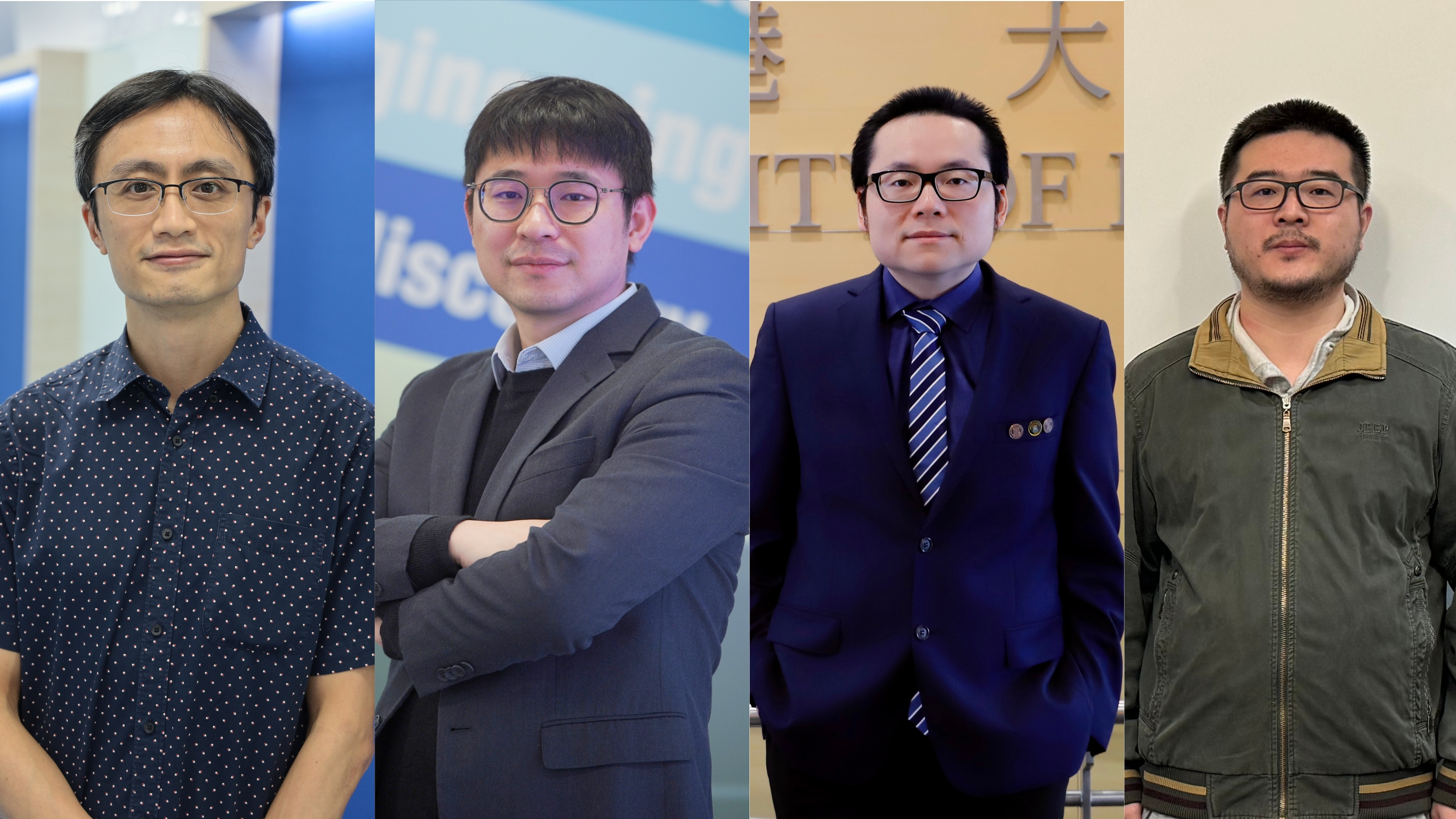HKU Engineering researchers achieve breakthrough in quantum sensing that leads to new opportunities of applications in monitoring dynamic processes in biological systems
- Written by Telegraph Magazine
HONG KONG SAR - Media OutReach Newswire - 21 February 2024 - A collaborative project led by Professor Zhiqin Chu, Professor Can Li and Professor Ngai Wong, at the Department of Electrical and Electronic Engineering of the University of Hong Kong (HKU) has made a breakthrough in enhancing the speed and resolution of widefield quantum sensing, leading to new opportunities in scientific research and practical applications.

By collaborating with scientists from Mainland China and Germany, the team has successfully developed a groundbreaking quantum sensing technology using a neuromorphic vision sensor, which is designed to mimic the human vision system. This sensor is capable of encoding changes in fluorescence intensity into spikes during optically detected magnetic resonance (ODMR) measurements. The key advantage of this approach is that it results in highly compressed data volumes and reduced latency, making the system more efficient than traditional methods. This breakthrough in quantum sensing holds potential for various applications in fields such as monitoring dynamic processes in biological systems.
The research paper has been published in the journal Advanced Science titled "Widefield Diamond Quantum Sensing with Neuromorphic Vision Sensors".
"Researchers worldwide have spent much effort looking into ways to improve the measurement accuracy and spatiotemporal resolution of camera sensors. But a fundamental challenge remains: handling the massive amount of data in the form of image frames that need to be transferred from the camera sensors for further processing. This data transfer can significantly limit the temporal resolution, which is typically no more than 100 fps due to the use of frame-based image sensors. What we did was trying to overcome the bottleneck," said Zhiyuan Du, the first author of the paper and PhD candidate at the Department of Electrical and Electronic Engineering
Du said his professor's focus on quantum sensing had inspired him and other team members to break new ground in the area. He is also driven by a passion for integrating sensing and computing.
"The latest development provides new insights for high-precision and low-latency widefield quantum sensing, with possibilities for integration with emerging memory devices to realise more intelligent quantum sensors," he added.
The team's experiment with an off-the-shelf event camera demonstrated a 13× improvement in temporal resolution, with comparable precision in detecting ODMR resonance frequencies with the state-of-the-art highly specialized frame-based approach. The new technology was successfully deployed in monitoring dynamically modulated laser heating of gold nanoparticles coated on a diamond surface. "It would be difficult to perform the same task using existing approaches," Du said.
Unlike traditional sensors that record the light intensity levels, neuromorphic vision sensors process the light intensity change into "spikes" similar to biological vision systems, leading to improved temporal resolution (≈µs) and dynamic range (>120 dB). This approach is particularly effective in scenarios where image changes are infrequent, such as object tracking and autonomous vehicles, as it eliminates redundant static background signals.
"We anticipate that our successful demonstration of the proposed method will revolutionise widefield quantum sensing, significantly improving performance at an affordable cost," said Professor Zhiqin Chu.
"This also brings closer the realisation of near-sensor processing with emerging memory-based electronic synapse devices," said Professor Can Li.
"The technology's potential for industrial use should be explored further, such as studying dynamic changes in currents in materials and identifying defects in microchips," said Professor Ngai Wong.
Link to the paper: https://onlinelibrary.wiley.com/doi/10.1002/advs.202304355
Hashtag: #HKU
The issuer is solely responsible for the content of this announcement.











